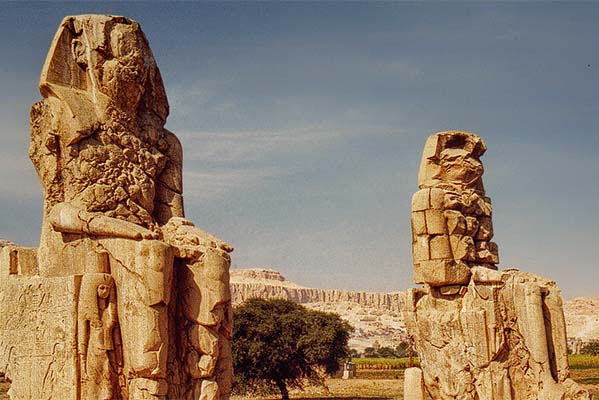by Taj Bates
—
The Valley of the Kings is most unassuming from the outside.
Sandwashed mounts of limestone and shale stand in stonefaced silence, mum to the ancient secrets they house within.
I make my way down a sand and pebblestone path as an October sun shines down upon me in the waning coolness of a desert morn.
The air is crisp and clear, the day peaceful. It is ten years after the Luxor Massacre, six years after 9/11, and three years before the rise of the Arab Spring. Excepting the beggars, pickpockets, scammers and lewd gawkers that plague the capital city of Cairo and, to a lesser extent, Luxor, Egypt is beautiful and calm.
I have been here for over a week now. I have braved the Russian roulette of crossing the street in Cairo. I have fallen in love with the strawberry juice that is wondrously fresh and plentiful here.
I have channeled my inner Cleopatra – reposing in the belly of a felucca as it sailed down the Nile . . . slightly disappointed there were no muscular manservants on hand to feed me grapes and fan me with palm fronds.

Feluccas dancing on the Nile in Aswan | Ronald Roan
Days before, I had awoken before dawn to join a police-escorted convoy of tourist buses to the temples of Abu Simbel, a mandate that had been in practice since the Luxor Massacre of 1997, when 58 tourists were killed by Islamic militants at the Temple of Hatshepsut nearby.
I was not aware of the Massacre before I ventured to Egypt, and had youthfully ignored the shock and concern of family and friends as I embarked on a childhood dream to immerse myself in the remnants of one of history's greatest and most mysterious empires.
As I sat on one of those buses, waiting for the convoy to commence, I was sobered by the horrific killings of a decade past, as well as the suffering and starvation happening in the present just miles away, across the border in war-torn Sudan.
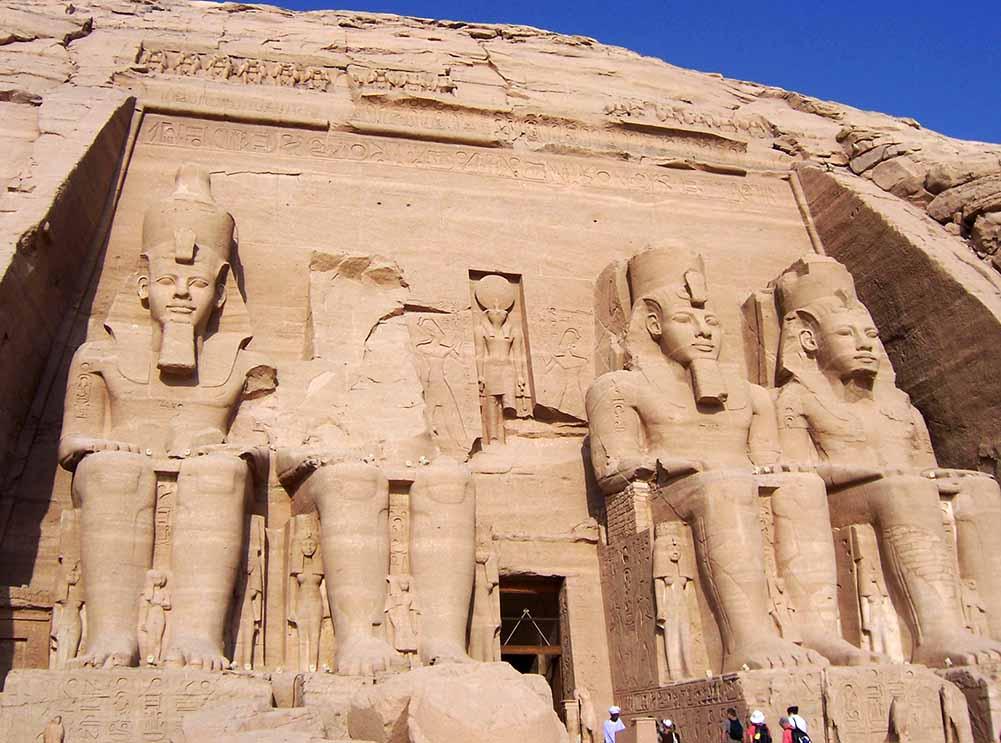
Abu Simbel | Taj Bates
In the past week, I have also gazed upon the beautifully harmonious columns of Karnak's Great Hypostyle Hall.
There are 134 columns in total and every now and again, when I found myself alone in a corner of the Hall – surrounded by massive columns that rise 80 feet towards the heavens, swell to 33 feet in circumference, and are engraved with hieroglyphs of wars won and enemies vanquished – I felt incredibly zen, cocooned in the inexplicable spirituality of this ancient temple, something I had not felt whilst gazing upon temples in Greece or Rome.
Moreover, I was in awe that something so lovely and serene had weathered thousands of years just for me to see.
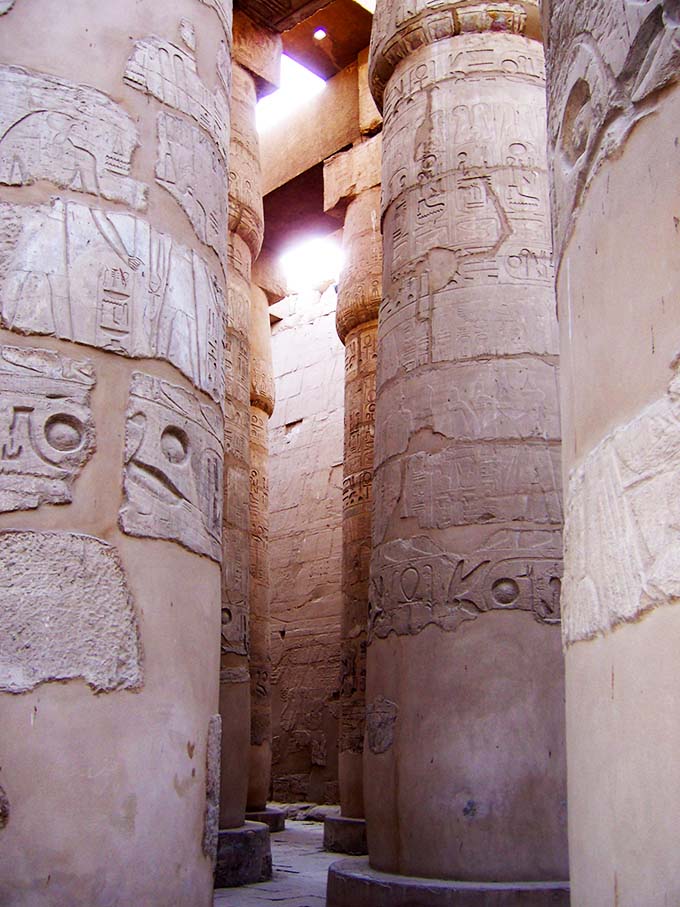
Karnak | Taj Bates
Up until this point, the Hall is my favorite in a land overflowing with ancient architecture and artifacts. I am not sure anything can top it as I queue into a single-file line leading up to a newly excavated tomb in the Valley of the Kings, which is home to over 60 excavated tombs, most of which are closed to the public.
My camera is taking a well-deserved nap, for cameras are not allowed in the tomb. So I hook my thumbs in the pockets of my sand-dusted crop pants and watch and wait as one person after another disappears inside the darkness of the tomb.
I am not sure what to expect.
Growing up, I had watched my share of Egyptian documentaries with my mom; during which an Egyptologist and archeologist would wax with poetic and contagious enthusiasm about the treasures, mummies and dynasties of ancient Egypt. Oftentimes, the tombs unearthed or revealed on TV were lackluster or bare, due to centuries of grave robbing by locals and colonialists alike.
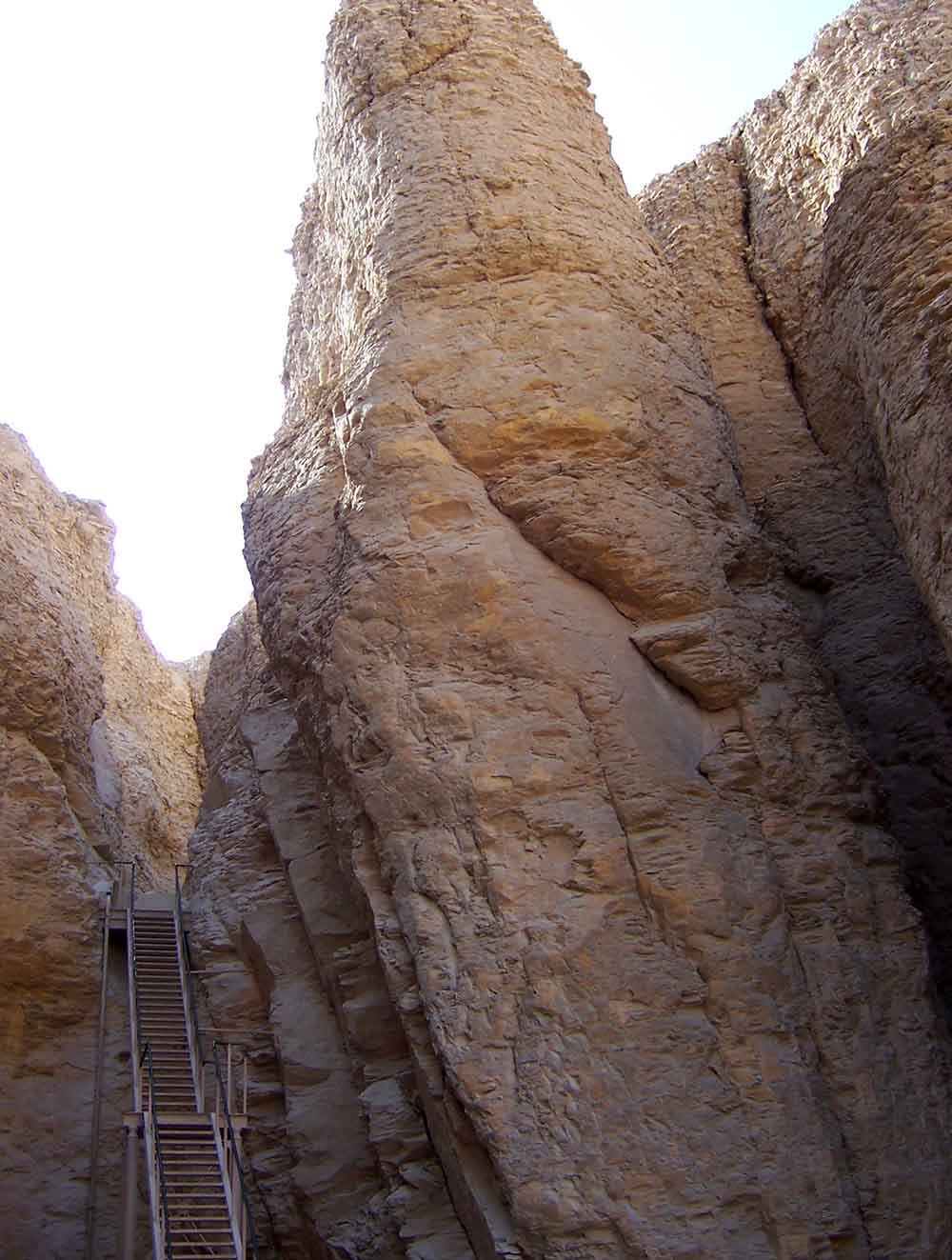
A ladder leading up to a tomb in the Valley of the Kings | Taj Bates
Even the tomb of the Great Pyramid of Giza, which I had scaled just days before, was disappointingly drab and bare.
Finally my turn comes to step inside and I am greeted by a plastic barricade on both sides, erected to keep tourists in line and curious hands away from the walls.
For good reason, too.
The moment my eyes adjust to the dimly lit tomb, I am blown away . . . for I am surrounded on all sides by walls that are painted with full-color hieroglyphs and reliefs, from head to toe.
And by full-color, I mean full-on original color.
Vibrant reds and greens and yellows and blues. Pigments that seem to have been painted just decades before, not millennia ago in the 13th century, B.C.E.
The plastic barricade twists and winds through the tomb's main entrance, leading us like gerbils into an inner room that is smaller and more dimly lit, yet just as colorfully ornate.
Once I make it back outside, begrudgingly propelled by the long line of people behind me, my eyes are alive with wonder.
—
I have seen many Egyptian artifacts and temples through the years – from the loot in the British Museum and the Met in New York City; to the museums and temples within Egypt itself – most of which are bereft of color or recently re-painted.
Every now and again, I would get a chance to relish faded glimpses of original paint – on the shaded undersides of a column in Karnak or the walls of an inner sanctum of Rameses II's temple in Abu Simbel.
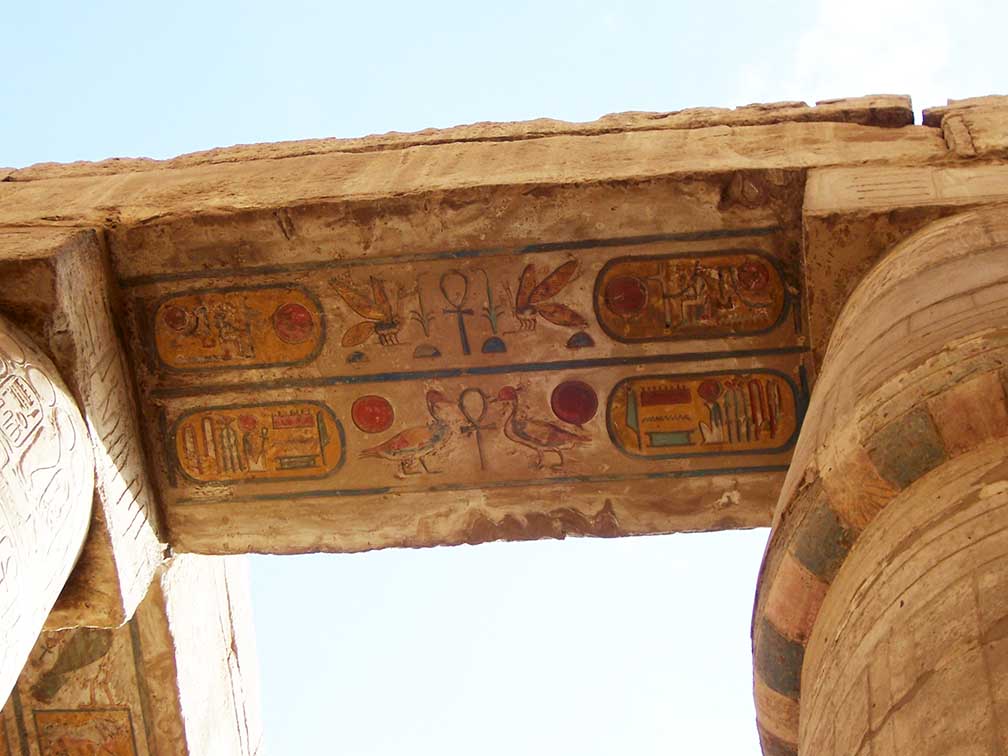
Karnak in living color | Taj Bates
Never in my wildest, amateur Egyptologist dreams did I expect to find myself immersed in the original, wall-to-wall color to be found in a tomb hidden in the illustrious Valley of the Kings.
To this day, the sensation of viewing millennia-old paint on the lavish walls of an ancient Egyptian tomb is one of my most vivid and cherished travel memories.
I hope to return one day – somehow, someway, via a private tour that will afford me the luxury to sit in the center of the tomb's main entrance, with no one else about. Enveloped in silence and timelessness. As I gaze with humility and awe upon the pigmented artistry, of one of the greatest civilizations in human history.

